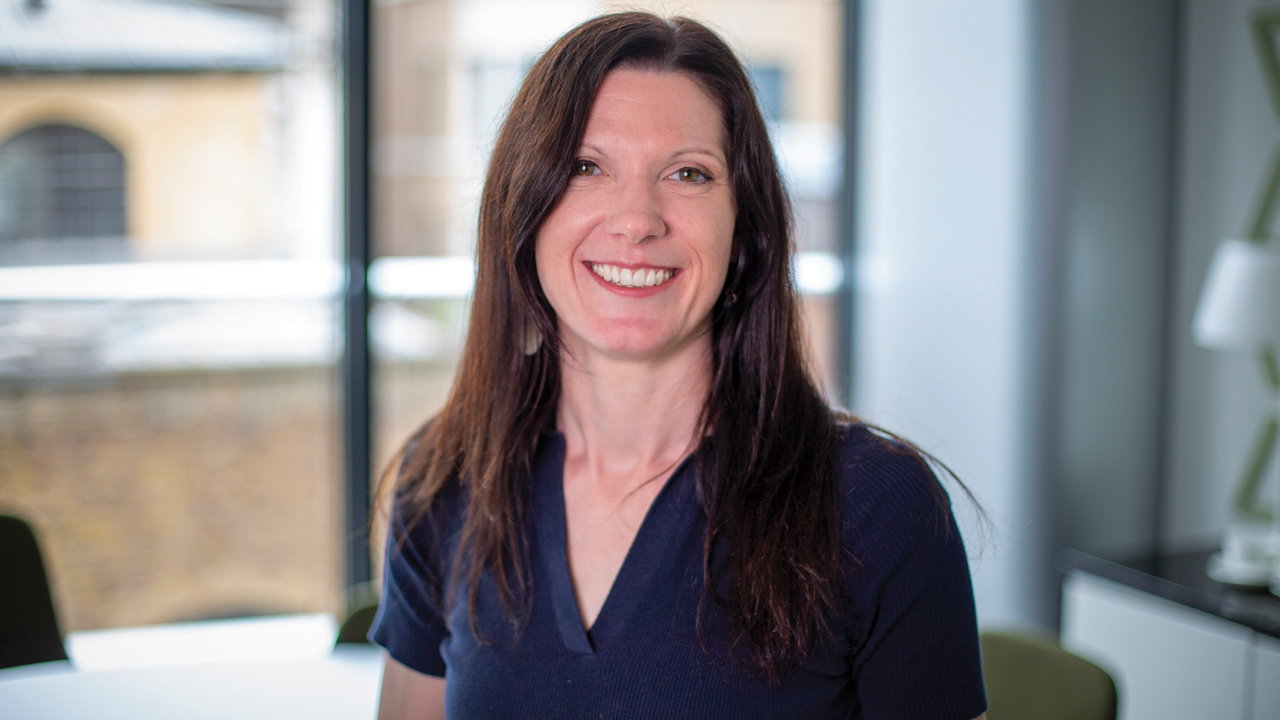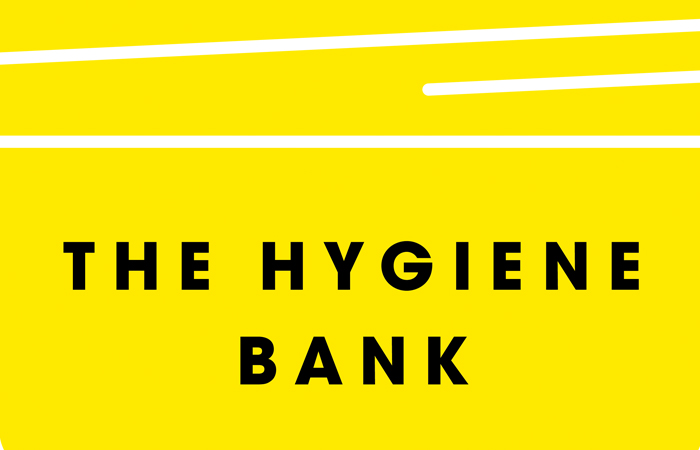In Opinion
Follow this topic
Bookmark
Record learning outcomes
A strong theme of social justice and life chances, particularly for children, are at the root of Ruth Brock’s work.
Now, CEO at The Hygiene Bank, the grassroots, people-powered charity tackling hygiene poverty, Ruth is striving to raise awareness of the antipoverty movement, especially as the cost-of-living crisis has, since 2022, thrust an additional 1.1 million people into hygiene poverty.
“We've essentially reinvented a Victorian problem. We shouldn't be here having this conversation in 2025”
Hygiene poverty
Between April 2023 to March 2024, the number of people that used a food bank in the UK for the first time was 655,000, according to the Trussell Trust, who distributed more than 3.1 million emergency food parcels – an increase of 94 per cent over the past five years.
“If you’re accessing a food bank, you’re almost certainly in hygiene poverty,” says Ruth. In fact, 4.2 million adults in the UK are unable to afford basic hygiene essentials, according to the Hygiene Poverty in 2024 report.
“We should be talking about families who cannot afford a toothbrush each for their children, who cannot afford enough nappies, who cannot just afford the basics to look and feel and stay clean and healthy. We’ve essentially reinvented a Victorian problem. We shouldn’t be here having this conversation in 2025,” says Ruth. “Half of people living in hygiene poverty have anxiety and depression because of it. It is limiting life chances, it’s blocking opportunities, and it’s undermining the nation’s physical and mental health.”
The Hygiene Bank
Ruth has worked with the charity for two years now and has seen it go from strength to strength. “It was very exciting to me when I came across the Hygiene Bank to have the opportunity to lead something which is volunteer-powered, which is UK-wide, and which is really tackling a problem that people aren’t aware of,” she says.
The charity came to fruition in 2018, starting as a kitchen table enterprise that has evolved into a network of 170 projects, run by 600 volunteers who collect, sort and distribute hygiene products to local charities and partners in their area. “We’ve got 1,300 community partners like that across the UK,” adds Ruth. “It’s the collaboration with corporate partners like Unilever, Boots, Method and Cleanology that has facilitated the distribution of 1,900 tonnes of hygiene products in just six years.”
Now, Ruth is determined to elevate the charity’s progress to the next level. “What we need to do is to campaign to solve hygiene poverty altogether,” she says. “We could do this operation for years and years, we could collect and distribute products up and down the country, but it wouldn’t ultimately solve the problem of hygiene poverty. This is a systemic problem.”
Ways to get involved
From giving products, to volunteering, to raising awareness throughout National Hygiene Week in October, there is a myriad of ways for you to play a part in this vital mission. “You can put in your postcode and find your nearest drop off point, to donate extra or unused products,” explains Ruth. “You can also contact your local hygiene bank to arrange a collection, say you had some products that you could give away. There are also Amazon wish lists where you could give products.”
Yet even more uniquely, pharmacy team members can participate. “I’ve had some really great conversations with pharmacy teams through Boots, one of our partners, and I’ve always really enjoyed them because they’ve really been able to give me insight into what they’re seeing coming through the door of the pharmacy and how they feel that hygiene poverty might be interacting with other conditions and other things that people are struggling with,” adds Ruth. “One of the biggest preoccupations for me from the research is that hygiene poverty affects one in five people with disabilities and long-term health conditions.
“I would love to hear more from pharmacy teams about the insights they have and the ideas they have about how we could tackle this problem. In terms of pharmacies themselves, there’s that potential perhaps around unused products, which aren’t needed anymore, or any samples or surplus.”


